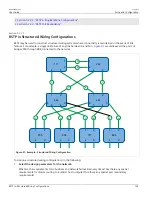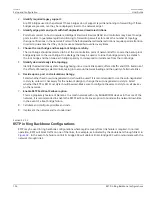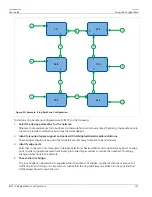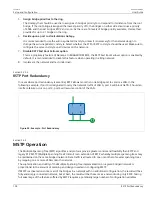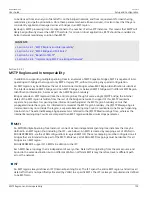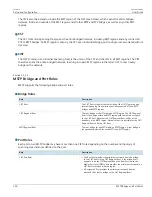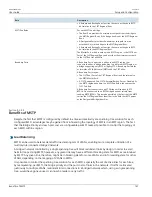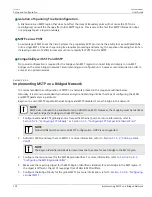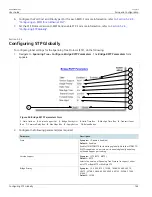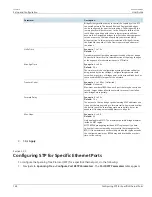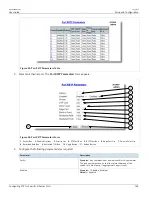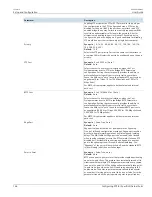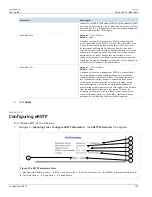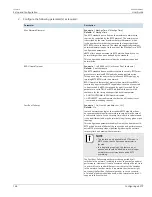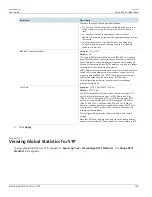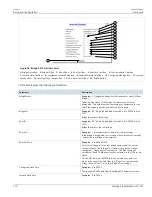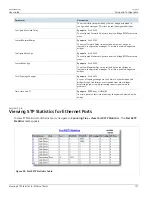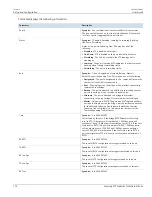
RUGGEDCOM ROS
User Guide
Chapter 5
Setup and Configuration
RSTP in Ring Backbone Configurations
157
E
1
3
3
1
C
G
A
K
I
1
3
2
2
2
3
2
1
3
3
2
1
B
J
555
666
333
444
F
L
D
H
111
222
Figure 92: Example - Ring Backbone Configuration
To design a ring backbone configuration with RSTP, do the following:
1.
Select the design parameters for the network.
What are the requirements for robustness and network fail-over/recovery times? Typically, ring backbones are
chosen to provide cost effective but robust network designs.
2.
Identify required legacy support and ports with half-duplex/shared media restrictions.
These bridges should not be used if network fail-over/recovery times are to be minimized.
3.
Identify edge ports.
Ports that connect to host computers, Intelligent Electronic Devices (IEDs) and controllers may be set to edge
ports in order to guarantee rapid transitioning to forwarding as well as to reduce the number of topology
change notifications in the network.
4.
Choose the root bridge.
The root bridge can be selected to equalize either the number of bridges, number of stations or amount of
traffic on either of its legs. It is important to realize that the ring will always be broken in one spot and that
traffic always flows through the root.













